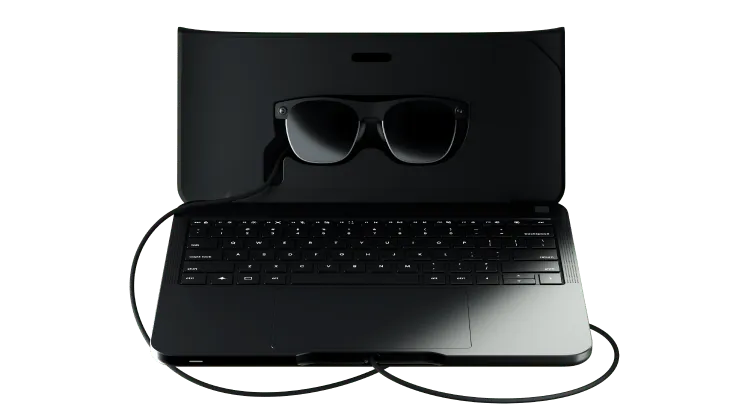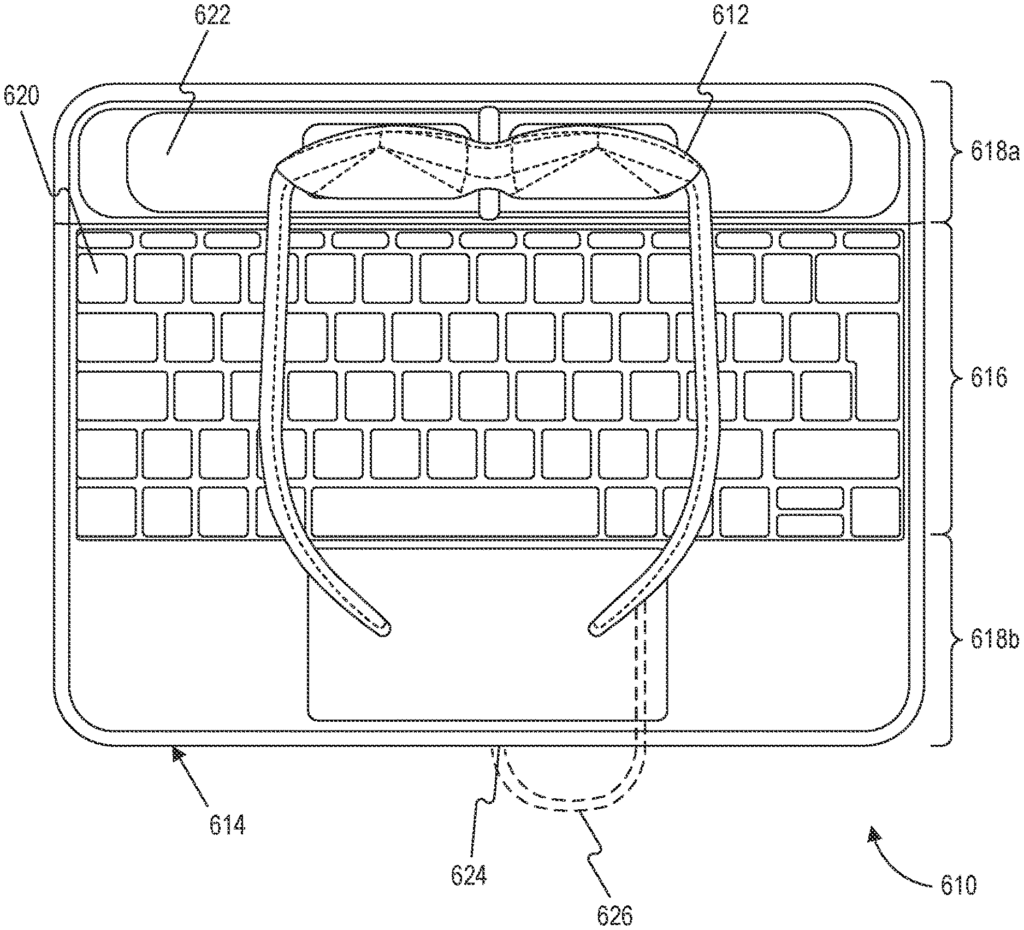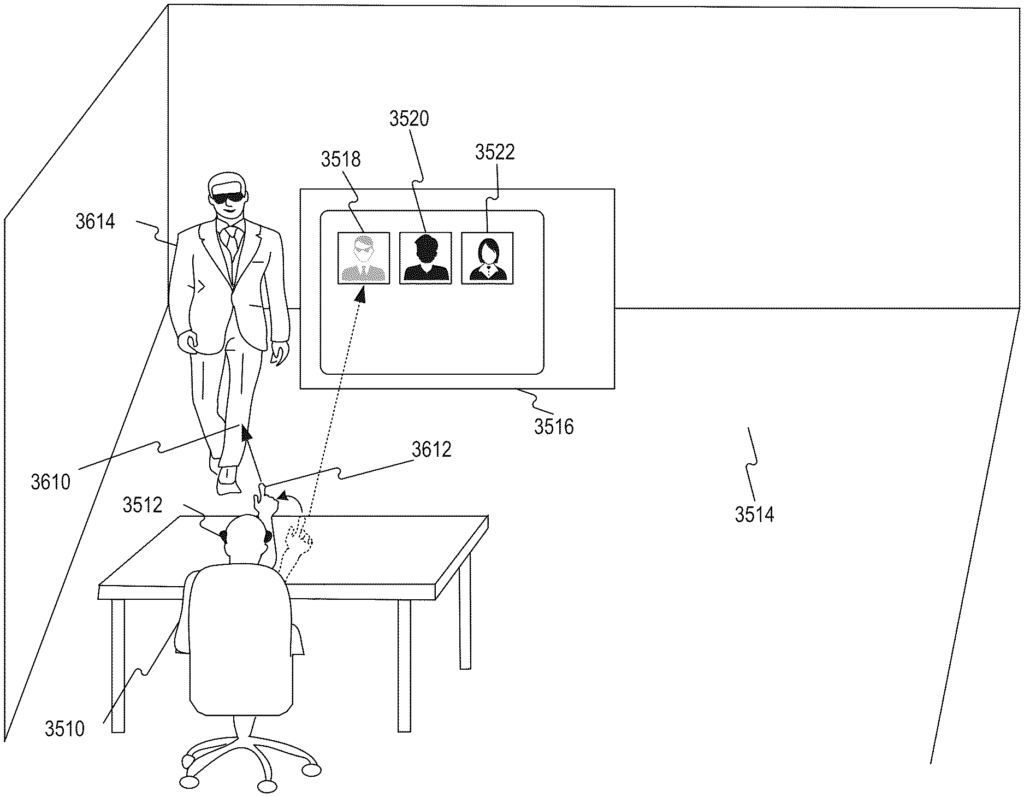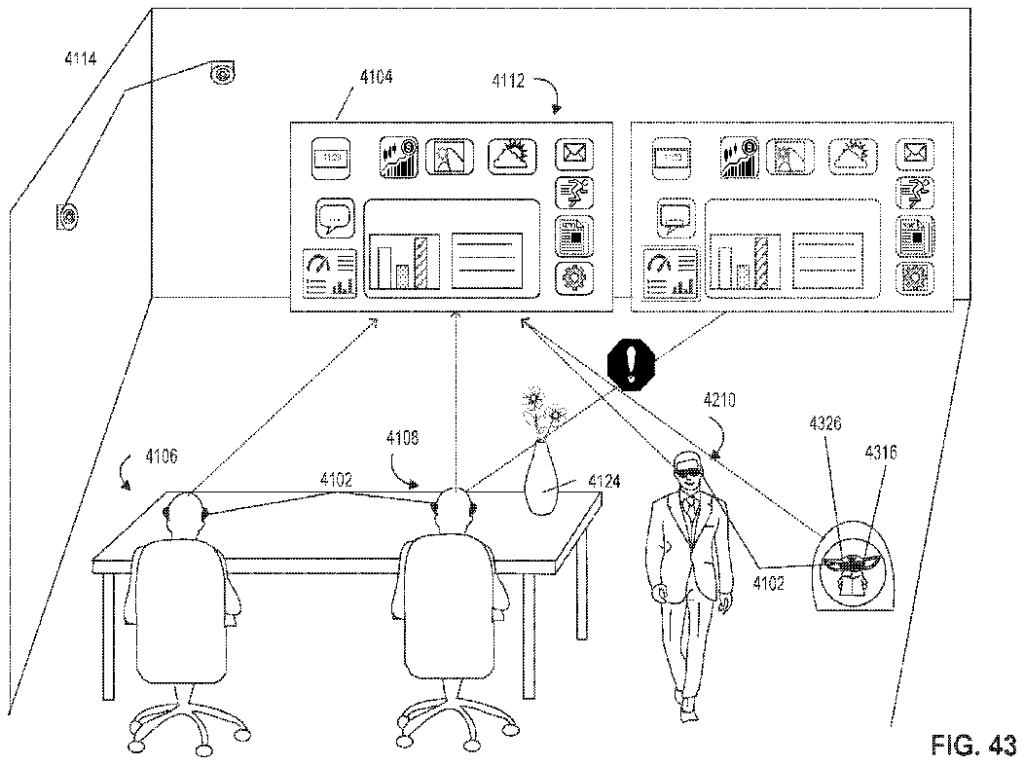Starting in the 1980s, computers transformed from clunky desktops to sleek laptops by the late 1990s. Now in 2024, the AR (Augmented Reality) laptop takes a bold new step, merging digital and physical spaces into one immersive experience. It’s a whole new way to create and work.

Launched by Sightful, the SpaceTop AR laptop offers an innovative virtual desktop that is redefining how we interact with digital content. Equipped with key technologies, it provides users with a multi-dimensional workspace through intuitive, gesture-based controls. This device is not just a laptop—it’s a transformative tool for working and creating in an immersive digital world.
Features of the SpaceTop AR Laptop
- Augmented Reality Display: A transparent head-mounted display (HMD) creates an expansive virtual workspace that seamlessly integrates with the real world.
- Gesture-Based Controls: Advanced gesture recognition allows users to interact with virtual screens and objects using natural hand movements, eliminating the need for traditional input devices.
- Customizable Workspace: Users can personalize their 3D workspace, arranging digital tools and screens to fit their specific needs.
- Portable Design: Lightweight and portable, the SpaceTop AR laptop is designed for professionals who need flexibility and mobility.
- Advanced Spatial Awareness: Sensors map the physical environment, ensuring virtual elements are accurately anchored in the real world.
- Voice Command Support: Voice commands enable hands-free operation, enhancing productivity and ease of use.
Patents related to SpaceTop AR Laptop
We have analysed key patents related to SpaceTop AR Laptop. Read the summary below and discover the ingenious innovations behind this breakthrough technology!
- Just Like Your Smartphone Dock, This Device Holds and Carries Your Wearable XR
The patent US11927986B2 describes a device with a portable housing divided into two parts: one with a keyboard and another with a holder. The holder is designed to securely attach a wearable extended reality (XR) device, making it easy to carry them together. The XR device can be quickly attached or removed, offering a simple and convenient way to transport and use extended reality features wherever you go.
2. Bringing Video Calls into Your Extended Reality World
This patent US11846981B2 outlines methods and systems for managing extended reality (XR) conferences. It enables a processor to facilitate multi-participant video conferences using a wearable XR device. Participants can view both a primary physical environment and a secondary peripheral environment, where virtual representations of other participants are displayed. Users can select and move these virtual participants into the primary environment, enhancing the immersion and interactivity of the conference.
3. Virtual Displays That Adapt to Where You’re Looking
This patent US20230010796A1 describes a system for sharing content between wearable extended reality (XR) devices. It enables two XR devices to connect and share virtual content, allowing one user’s view to be transmitted and displayed on another user’s `device. The system also supports two-way content sharing, enabling both users to interact with the shared virtual environment, enhancing collaboration and interaction.
4. Coordinating Cursor Movement Between Physical and Virtual Surfaces
This patent US20220229534A1 describes a system that allows a cursor to move smoothly between virtual and physical surfaces in an extended reality (XR) environment. It enables users to interact seamlessly with both virtual objects and real-world surfaces, making the experience more integrated and intuitive.
In summary, the SpaceTop AR Laptop sets itself apart in the growing field of augmented reality devices. While other companies like Microsoft with HoloLens and Magic Leap are developing AR headsets, SpaceTop combines AR with a traditional laptop design. This makes it more familiar and accessible to users. Unlike its competitors, SpaceTop integrates AR directly into a laptop, offering a unique way to enhance productivity and interaction with digital content. This innovation has the potential to change how we use technology in our daily lives, making AR a natural part of our computing experience.





